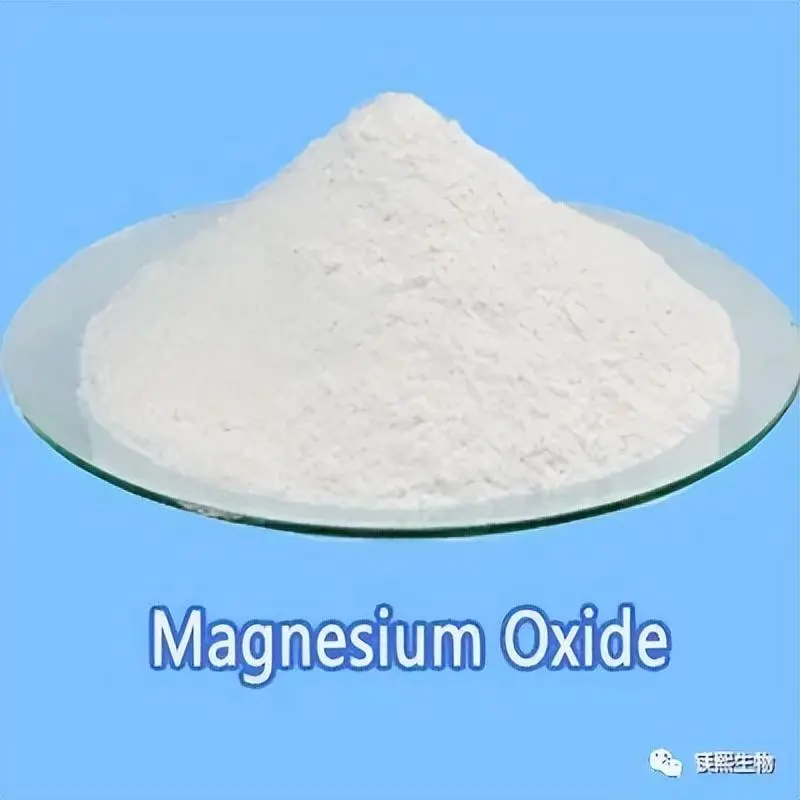Hebei Messi Biology Co., Ltd. stated that industrial oxalic acid and magnesium hydroxide were used as raw materials, and nano magnesium oxide was obtained by controlling the experimental conditions. The effects of calcination temperature, calcination time, reaction temperature, reaction time, oxalic acid concentration and surfactant concentration on the particle size of magnesium oxide products were studied, and the nano magnesium oxide products were characterized by means of X-ray diffraction (XRD), thermogravimetric differential thermal analysis (TG-DTA), scanning electron microscopy (SEM) and other means.
The study showed that the intermediate product obtained by calcining at 600℃ for 2h with an oxalic acid concentration of 0.8mol/L and a surfactant concentration of 1.0mmol/L at 40℃ for 20min can produce nano magnesium oxide with a particle size of about 50nm. The magnesium oxide product obtained by this method has high purity, simple process, convenient operation, low requirements for equipment technology, and is easy to industrialize.

1. Nano magnesium oxide is the raw material of magnesium oxide single crystal. The purity of magnesium oxide is required to be above 99.9%. The obtained magnesium oxide single crystal is widely used in mobile communications and other fields as filter materials and PDP superconducting substrates.
2. Piezoelectric ceramics require the purity of nano magnesium oxide to be above 99.5%.
3. Cable rubber field: Nano magnesium oxide is used in rubber-sheathed cables, mining cables, marine cables and other industries to improve the corrosion resistance, acid resistance, high temperature resistance and other properties of cables, and improve the working stability under harsh conditions.
4. Precision polishing materials: Nano magnesium oxide is mainly used for polishing optical glass, electronic components, and electrode materials.
5. Medical field: Nano magnesium oxide is mainly used in the pharmaceutical industry to manufacture drugs that neutralize gastric acid. The effect of neutralizing gastric acid is strong and lasting, and no carbon dioxide is produced. After neutralization, magnesium chloride is generated, which can cause mild diarrhea.
